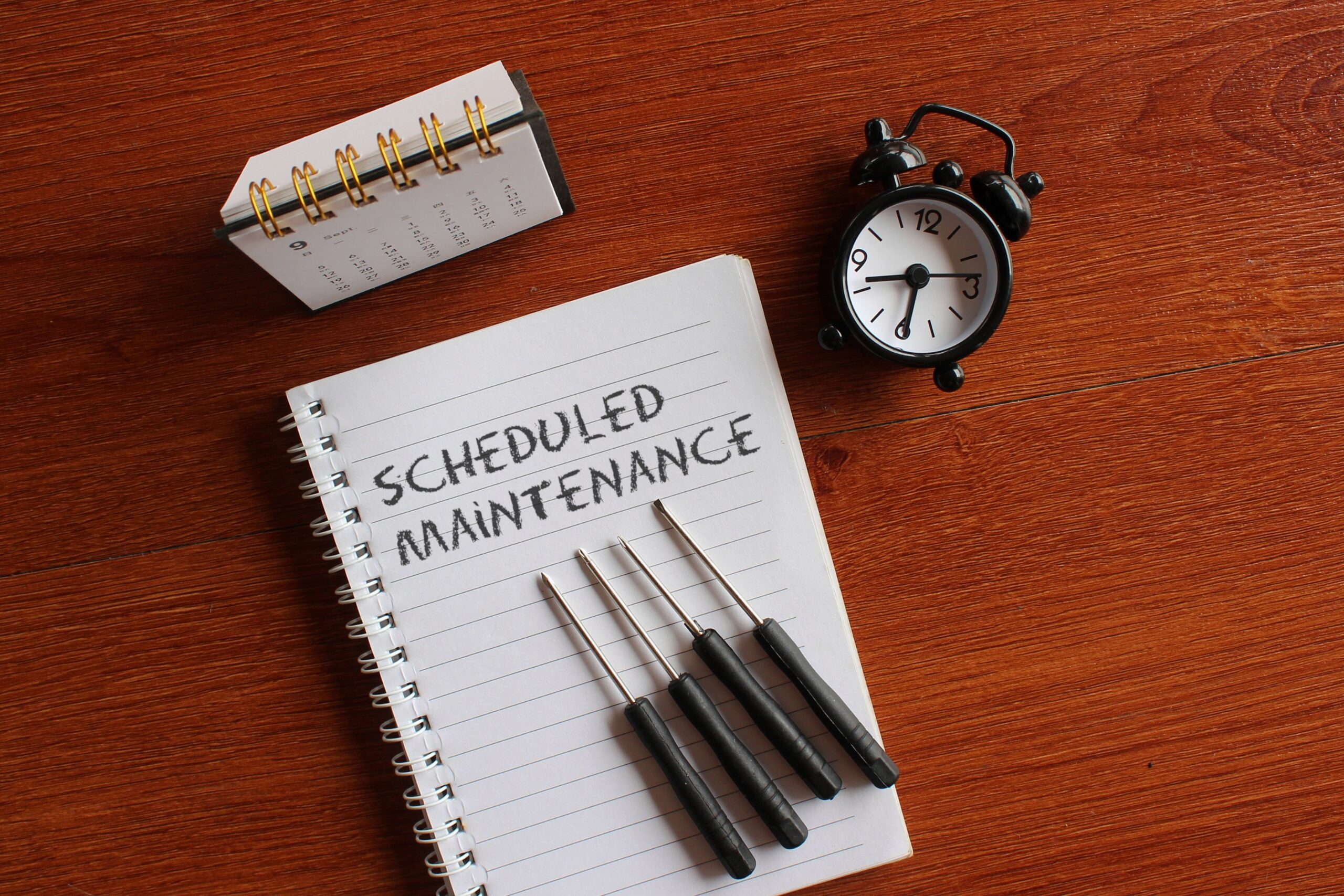Repair and maintenance are significant considerations when living in strata. Therefore, it is important to be aware of the legislation behind repair and maintenance work, specifically the laws regarding whether work to an apartment building requires development consent.
As Australia’s largest specialist strata and community title law firm, Chambers Russell Lawyers provide insight into the legislation behind developmental consent of repair and maintenance work in an apartment building.
How to categorise repair and maintenance work
The conventional wisdom is that “like-for-like” maintenance of a building does not require development consent in New South Wales. It may come as a surprise to some, therefore, that there is no provision of the planning legislation to that effect. A careful reading of the law, instead, reveals that, whilst maintenance will often not require development consent, that outcome is far from clear.
To start, the repair and maintenance of a building is clearly “development” within the meaning of the Environmental Planning and Assessment Act 1979, noting that the term “development” is very broadly defined.
The question is then whether particular repair and maintenance works are “development” that requires consent. Usually this is a zoning question, and the answer will virtually always be yes. Zone definitions do not expressly refer to repair and maintenance, and to the extent that repair and maintenance might be said to fall within the right to erect or use a building, zones that allow apartment buildings can be expected to require development consent for that purpose.
Can repair and maintenance be undertaken as an exempt development
We must then ask whether repair and maintenance works can alternatively be done as “exempt” development (where no approval is required, provided the relevant requirements of the legislation are met) or “complying” development (which allows works to be done under a simplified “complying development certificate” process). This is a complex question that can only be fully answered in the particular context.
However, at the time of writing, there is no general category of exempt or complying development for repair and maintenance. There are special cases, such as maintenance of a building in a draft heritage conservation area, or of certain waterways structures. There are also some categories of exempt development relating to minor alterations, but in very specific terms. To the extent repairs involve it, “demolition” is only exempt development if it relates to a structure that is itself exempt development (which in turn is a complicated question).
How can repair and maintenance by undertaken without development consent
How, then, can repair and maintenance ever be done without development consent?
The answer is that, provided the building was lawfully constructed (and is being used lawfully), the existing legal right to “use” the building includes the right to maintain it. In effect, the existing development consent (or protected existing use rights) are the necessary “consent” that permits repair and maintenance to be done.
This relatively simple proposition, however, is subject to the complication that the work must not go beyond the concept of “use” by involving the alteration, enlargement, demolition, or rebuilding of the building.
Whether works involve alteration or enlargement will generally be a straightforward question—“like-for-like” repairs will clearly not involve either of those things. However, whether repair and maintenance works involve “demolition” or “rebuilding” will often be a question of degree, giving rise to substantial uncertainty.
It is also important to consider all of the works involved in a project, and not just the central repair and maintenance work. For example, if hoarding, temporary fencing, and other site structures are being erected, those will all involve “development”. In respect of those matters, there will need to be a specific analysis of whether they can be done as “exempt” or “complying” development. Often the answer will depend on whether those site structures relate to works that are themselves “exempt” development (and, as set out above, this is a question that depends on the particular context, based on limited specific categories).
One advantage of the conventional wisdom—that “like-for-like” maintenance does not require development consent—is that Councils can be expected to apply that approach. A side-effect of this, however, is that when disputes arise, the issues are complex and specific, and the resulting Court decisions provide very little guidance that might be applied in other circumstances. The end result is an unsatisfactory one—in many cases there are no clear answers, leading to risk and uncertainty for building owners.
For assistance with specialist strata and community title law issues, contact Chambers Russell Lawyers. To discuss your property’s strata management needs or receive a FREE management proposal contact our friendly team. We also offer more helpful resources and community living news in our FREE newsletter.



